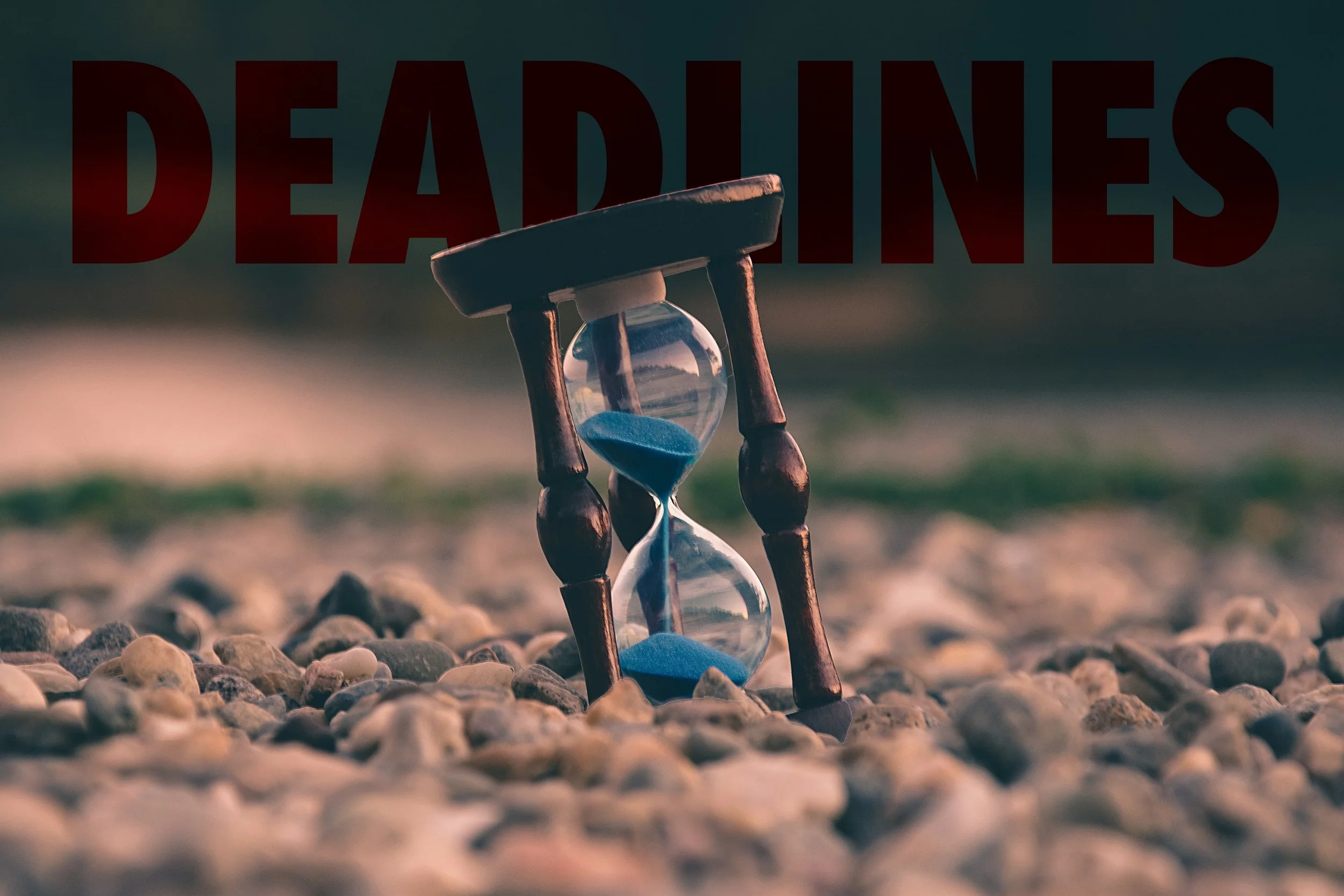Project Management for Creatives: 12 handy tips
Whether you’re a freelancer, or a full creative agency, project management is both critical, and usually, quite elusive. It’s easy to deprioritise project management in favour of just doing it, or conversely, dogmatise a process at the behest of creativity. It’s an understandable challenge: creativity rarely abides to a schedule, but creative agencies need to deliver on time. How many of us have fallen into the trap of taking our own pace with things, only to find the final weeks before delivery are perpetual crunch to make the deadline?
I’ve had the privilege of working in multiple spaces, creative and not, which has resulted in picking up a few things to help me deliver products at all different scales of organisation. I’ve collated here some tips and thoughts on what I have found to be effective, regardless of how many people are working on a project.
1. Avoid Dogmatism in Project Management
In creative agencies, being dogmatic about project management is a recipe for disaster. Every project is unique, presents its own challenges, and requires different priorities. It’s very easy to skill up on a preferred method of project or time management and assume that sticking to it with zeal will yield higher productivity for your organisation, but it just doesn’t work that way. Forcing someone to be creative on a schedule only yields formulaic design that lacks soul. The most effective method is to blend a variety of strategies together, and use them as a guiding principle as opposed to a strict playbook.
2. Realistic Time Estimation
This one feels like a no brainer but you’d be amazed how many people go their entire careers without honestly assessing the time it takes them to tackle a task. That crunch time rush? It’s usually a result of not realistically understanding how long a task takes to complete. So how do you address this? There are digital tools like harvest out there that can help you log hours on activities. Starting by getting a realistic sense of how long your high level activities take goes a really long way to addressing project management. Think you need 60 minutes for concept sketching, but in actuality take 90? Cascade that effect over the duration of an entire project and suddenly you’re going to need to work 80 hours in the final weeks instead of 40.
3. Building a Versatile Spec Ops Team
It’s entirely possible to design solo, many freelancers do, but the best work always happens when you have a team to work with, to bounce ideas off each other, to lift spirits when morale is threatened, and ultimately to divide the work up. Letting your team lean into their particular strengths or specialisations goes a long way to keeping a project on track and on time, but there is a caveat most forget: your entire team needs to be able to be on a level playing field, you are asking for disaster if one of your team becomes indisposed and only they know how to execute on a particular task. Asking your team to excel in all aspects is a pipe dream, but know that the slack can be picked up when someone falls ill or goes on holiday is mission critical.
4. Leveraging Time Zone Differences
Even in a world of globalisation, people are still so afraid of working across timezones, seeing it as a hurdle instead of an asset. There are some obvious benefits to an international team: cultural insights, broader perspectives to inform a project direction, and ideas informed by different schools of thought, but it doesn’t end there. If managed properly, timezone differences enable round the clock product development. Think of it this way: if you have a team that is split with an 8 hour difference, you typically gain 1 to 2 hours of office crossover, which can be used for hand off of work. Come the next day, your +8hr team has continued development and left a hand off for the -8hr team to pick up and keep running with.
5. Learning from Existing Management Systems
Don't reinvent the wheel. Look to established project management systems and adapt them to your agency's unique needs. Remix these systems to suit your creative workflow. Another no brainer approach, but applying design thinking and critical thinking to existing systems, such as the Drucker method helps you figure out what strategies are applicable, what isn’t, and what becomes a guiding principle instead of a hard rule.
6. Trusting Your Team
You’d be amazed how many creative agencies are guilty of micromanagement, or just a general lack of trust in their designers. Managing a team can blur the memories of creative process. If you’ve hired the right people, and created clear tasks with clear deadlines, you need to trust that your employees will deliver to the deadline, or give you ample notification if it’s not going to happen. If you give a team member a day to deliver a task, and they finish it in 12 hours instead of 8, you still got your delivery, the response should then be to figure out with the team member what can be done to help their efficiency, or otherwise, encouraging them to work to their pace and beat, so long as deadlines are kept. Creativity doesn’t happen on an 8 hour schedule, maybe that person works for 4, takes a break in the middle of the day and then returns to work. If that’s effective, let them do what they need to do!
7. Scaling Management Based on Team Size
The scale of project management should match the size of your team. Just 5 people? You probably don’t need tracking tools, just clear communication and a shared calendar. Got 50 people? In my experience, even with the integration of project management and time tracking tools, people rarely use them. Keeping a hybrid of shared project tracking and traceable communication lines that are standardised is good enough. Maybe that means email chains for you, maybe that means a dozen slack channels. There’s no definitive answer here because there’s no definitive method of efficacy. It’s a design challenge just like everything else!
8. Starting Tools for Creative Project Management
As mentioned above, the reality of project management for creativity rarely relies on digital tools, but there are a few essentials out there I’ve found to be effective for teams of up to 50: using harvest to track time is a great starter, if for nothing more than identifying how long it takes a team member to execute on an activity. Maybe they only tracked 6 hours of work in the day, but were in the office for 12, they most likely had a lot of downtime to give their mind space to breathe before attacking the work again, and that’s good to know, you can let that team member lean into it. Airtable is a great high level and light tool for tracking progress on individual activities, as well as tracking against a gantt chart (if that’s your preferred method) to see how the team is doing, and is shareable for everyone, and of course, slack. Slack however is probably one of the most misused tools I’ve seen out there. One master channel per project only leads to people repeating questions or repeating communications. Using an effective number of channels for dedicated subject discussion around a project is a great starting point.
9. Division of Labor
Your spec-ops team needs clear delineation, but the lines still need to be slightly blurry. Seems like a hard concept to grasp, but think of laying your team out like a Venn diagram: each team member has a clear set of responsibilities, which will have cross over with other team members. Structuring out who does what, and how they will collaborate, before pen hits paper goes a long way to enabling effective project delivery.
10. Managing Changes, Reviews, and Switches
Change is inevitable in creative projects. Learn to adapt and manage changes, reviews, and unexpected switches gracefully. Clients change their minds, supply chains rise and fall, suppliers lose stock. Any design project is always a moving target, the final thing is usually a cousin of the concept as opposed to a direct descendent. Knowing that things will be disrupted and embracing that from day 1 goes a long way. Manifesting that as padding in your time estimate is a great starting point to mitigate deadline failure, and there are huge perks. Only used 80% of your estimated development time and got the project to the client early? You just under promised and over delivered, and who doesn’t love that?
11. Navigating External Dependencies
Design for manufacturing, engineering, supplier, vendors, distributors, they’re all force multipliers to things going wrong. Unfortunately I’ve not found anything more effective than trial and error until you find vendors you can trust, building that relationship up, and maintaining it. The small mercy here is if delays happen at this stage, it’s not your fault, and if you are able to share bad news with your client effectively, it won’t damage the relationship.
12. Eliminate Crunch
Crunch is sometimes inevitable. You can plan for every conceivable eventuality and still find yourself behind schedule and needing to go into crunch time. However, embracing effective project management strategies goes a long way to reducing the crunch experience, which is something all creative agencies should keep in mind. Treating a design exercise like a marathon and not a sprint keeps your team feeling fresh and able to tackle problems with enthusiasm, instead of resilient willpower alone. In addition: how many times have you had to redo work that was done at 2AM “because deadlines” and missed the deadline anyway? Nobody does good work when they’re exhausted, especially not creatives.
If it wasn’t obvious already, then yikes, I need to work on my writing but project management in creative agencies requires a blended approach. Using existing project management strategies as a springboard into a unique blend that is flexible, adaptable, and open to change is essential. By building versatile teams, leveraging time zone differences, and combining management strategies with design thinking, you can navigate the challenges of the creative world and deliver outstanding results. Remember, there is no one-size-fits-all solution, so be open to remixing management systems and learning from your experiences.



